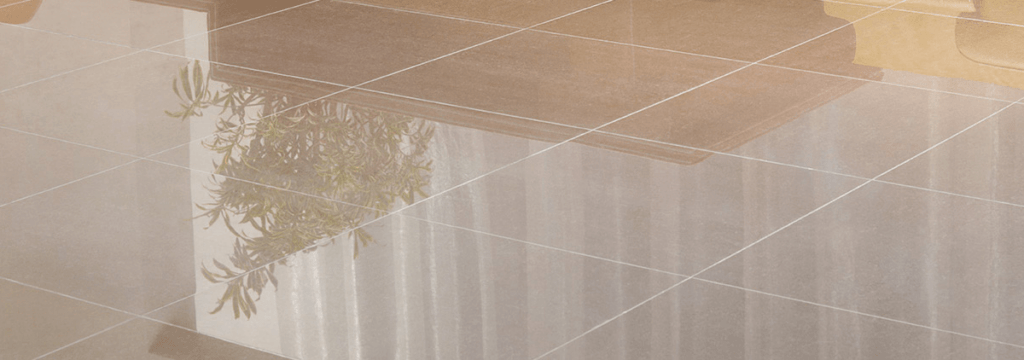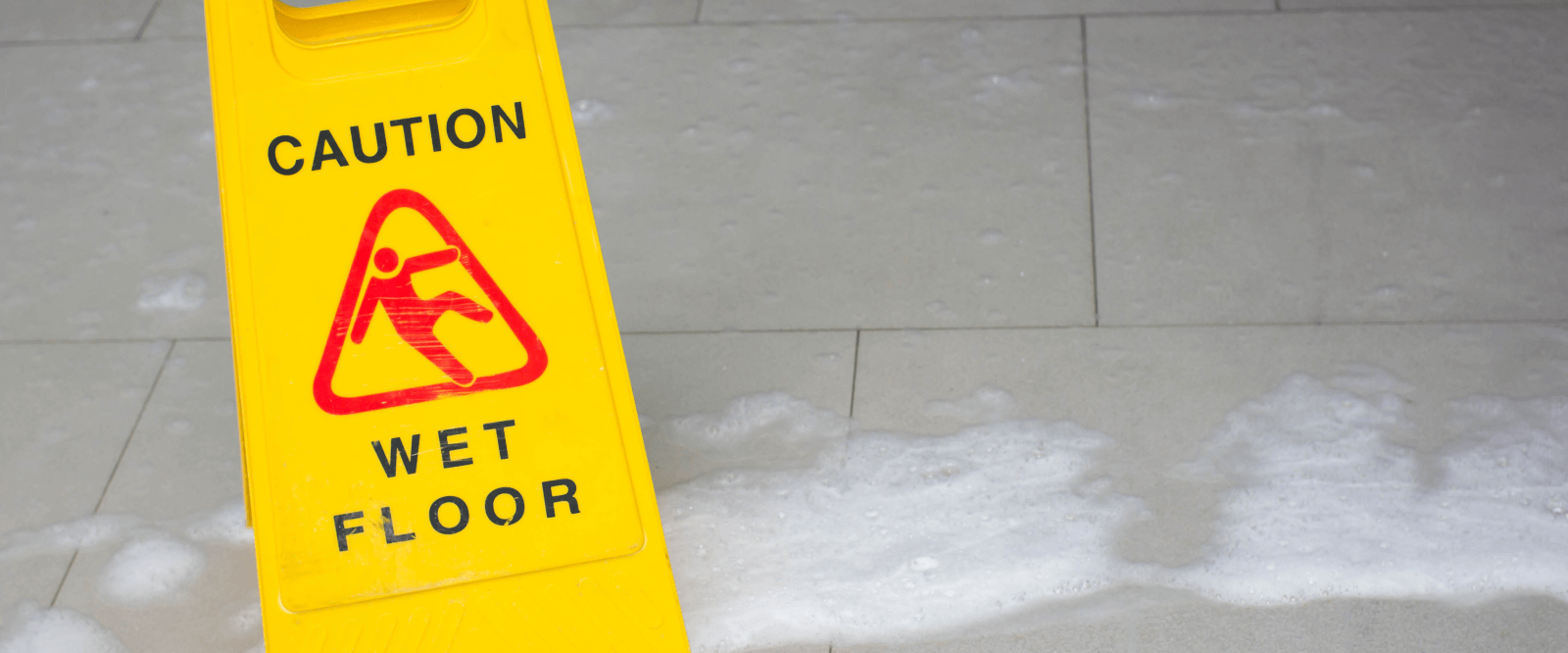There’s nothing more satisfying than admiring a job, especially if you’ve taken the time to help your client choose their favourite stone. The last thing you need is grout hazing ruining the overall look – what a shame that would be, but thankfully these treatments will make deep cleaning easy. Once stone and tiles have been laid, the most important next step is to remove any patches of dried grout. If these are not removed, they’ll make the tiles or stone difficult to maintain, even if the surface is mopped every day.
At FILA Solutions, we have a range of great products that aim to keep your surfaces clean from day one. In this guide, we’ll also teach you how to remove traces of grout and make subsequent treatments really simple to do. Read on to learn how to leave newly installed tiles and stone looking pristine…
The causes of grout hazing
A byproduct of tile installation, grout hazing is simply a residue that has been left to dry after grouting. It happens when tiles or stone haven’t been properly cleaned, or too much grout has been used. Either way, it’s not great, and it needs tackling. Unlike day-to-day grime, this discolouration of tiles is not so easy to clean with a cloth. So, if you want to avoid that unsightly, dull film, keep on reading this post. These products are sure to make end-of-work cleaning easy.
How to prepare for the end-of-work cleaning
First and foremost, it always starts with the prep. As the old British Army adage goes, ‘‘proper preparation and planning prevents poor performance’’. So be sure to work out the type of material it is – this bit is REALLY IMPORTANT and will dictate the type of cleaner that you use. For example, you can’t use a concentrated acid detergent on acid-sensitive stones. You’ll etch the stone or much worse. You should also clean the tiles as soon as you can to make subsequent cleaning and treatments easy. Don’t put off what you can do today until tomorrow.
Here’s how to leave a job site clean depending on the surface that you’re working with…
Acid-resistant surfaces like terracotta, Brazilian slate and porcelain tiles
When it comes to surfaces that are acid-resistant, DETERDEK PRO will safely remove post-application deposits and building-site dirt. This concentrated acid detergent also helps to remove signs of engobing on porcelain tiles and eliminates saline efflorescences from terracotta without affecting the appearance or the material or the colour. Although a buffered acid, DETERDEK PRO does not produce fumes or contain hydrochloric acid. This makes it safe for use and for the environment too – just be sure not to use it on any polished natural stone.
How to clean with DETERDEK PRO
- Pre-soak the material in water
- Dilute this concentrated acid detergent at 1:5-1:10 in hot or lukewarm water
- Working a few square meters at a time, spread the solution over the surface
- Leave to act for 5 minutes
- Scrub the surface using a stiff brush or a single disc scrubbing machine with the appropriate pad
- Mop up any residues with a cloth or wet and dry vacuum cleaner
- Repeat the steps for any stubborn dirt
- Finally, rinse the surface with plenty of clean water

Unpolished acid-sensitive surfaces like limestone and Italian slate
For all unpolished, acid-sensitive stones, you’ll need a different product – an alkaline detergent, to be precise. PS87 PRO is great for cleaning non-acid-resistant stones that have a non-shiny finish, especially after they have been laid. Using FILA’s innovative research, this stain-removing detergent encompasses professional degreasing power without the need for ammonia or caustic soda. Use PS87 PRO to clean unpolished Italian slate, terrazzo and limestone, and you’ll keep these acid-sensitive surfaces in mint condition.
How to clean with PS87 PRO
- Dilute this stain-removing detergent in lukewarm water at a ratio of 1:5
- Apply the solution to the surface, going a few square meters at a time
- Leave to work for 4-5 minutes
- Using a brush or a single-disc cleaner, scrub the surface thoroughly
- Mop any residues up with a wet and dry vacuum cleaner or cloth – absorbent paper also works well too
- Rinse with plenty of fresh water

Polished acid-sensitive surfaces like marble and limestone
If you need to clean polished acid-sensitive stone, avoid the above at all costs. Using them after laying could cause irreversible damage. Polished stones such as limestone, terrazzo and marble require a neutral detergent, and CLEANER PRO is the one for the job. A pH-neutral cleaner, it is completely ideal for cleaning delicate stone that is sensitive to chemical agents. This initial wash will also make ongoing maintenance easy and protect against opacifying layers that, over time, can dull the polished stone surface.
How to clean with CLEANER PRO
- Dilute this pH-neutral cleaner from 1:30 to 1:50 depending on the dirt intensity
- Spread the solution over the floor, working a few square metres at a time
- Leave to work for 5 minutes
- Thoroughly scrub the surface
- Mop up any residues as before
- Rinse the surface with lots of clean water

How to minimise grout haze from the start
If you’re in the planning stage of installing new tiles, this is a really great tip and will minimize the chances of grout affecting the finish. For unpolished and absorbent materials, such as terracotta or limestone, we recommend protecting the surface before any grout is applied. This will make both the grouting and cleaning easier without affecting the appearance of the material. PRW200 is a water-repellent protector that protects stones from grout haze. Creating a temporary seal, it’ll make cleaning after laying simple , and you’ll also avoid the dreaded ‘picture-frame’ effect.
Ensure a cleaner site with FILA Solutions
Cleaning up any excess grout after your tiles have been laid is the most efficient way to keep your site clean. Not only will this keep your customers happy, but it’ll also make life easier too – nobody wants to call back to the site once a job is complete. By using this guide, you will see a big change in how tiles and natural stones perform. At FILA, our products are used by over 200 international brands , and there’s a good reason why. When will you add them to your toolbox too?

